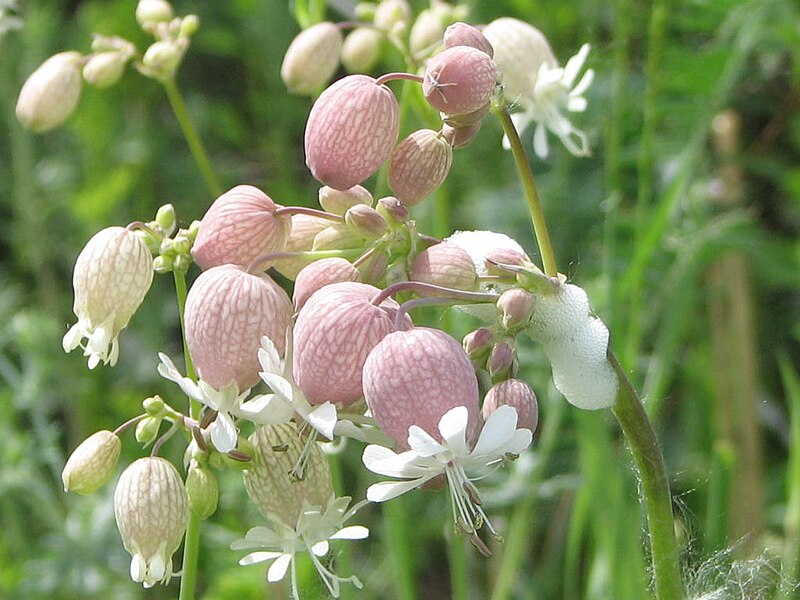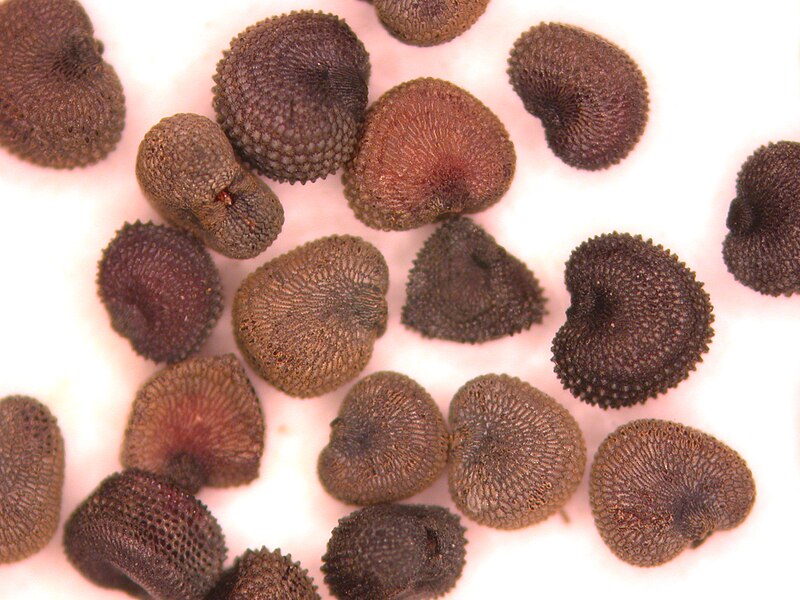Bladder Campion Identification – Silene vulgaris
Heads up
Bladder Campion is known scientifically as Silene vulgaris. This plant is a member of the Caryophyllaceae family, commonly referred to as the Pink family. Bladder Campion, has its origins in Europe and can be identified by some very unique features.
Bladder Campion: Key Parts in Photos




Where to find it
Bladder Campion is a pretty adaptable plant, so you might find it in places with partial shade or full sun. If you’re out walking near agricultural fields, roadsides, or even waste areas, keep an eye out for this plant. It’s especially fond of sandy soil.
How to identify Bladder Campion
This plant has flowers that might remind you of a small bouquet. They’re arranged in branching clusters, either at the tips of branching stems or where the leaves attach to the stem. Each flower has 5 white petals. These petals are interesting because they’re divided into 2 rounded parts, looking almost like twin lobes. If you peek inside the flower, you’ll notice long white stamens with dark tips. Also, there are 3 pale styles which are part of the female organ of the flower. One of the most noticeable features is the calyx, which is the protective covering of the flower bud. In Bladder Campion, the calyx is somewhat balloon-like, making the flower look as if it’s nestled inside a small green or pinkish balloon with clear vein patterns.
Just below the flowers, you’ll come across the leaves. These leaves have a simple structure and appear opposite to each other on the stem. Each leaf can be up to 3 inches long. They’re lance-shaped and have no teeth on their edges. They’re mostly smooth. The stems themselves, which can be branched, are light green and have a smooth appearance.
After the flowering season, the Bladder Campion develops fruits. These are more like capsules or pods. The shape of this fruit is like a teardrop and is about as long as the protective calyx we talked about earlier. Once these capsules ripen, the top part splits open, revealing seeds that are round to kidney-shaped.
